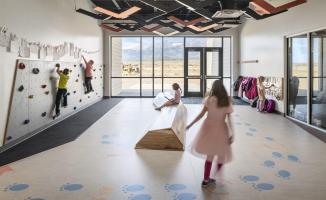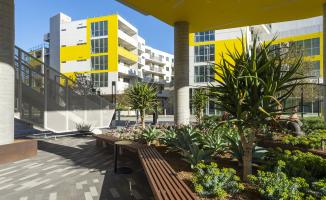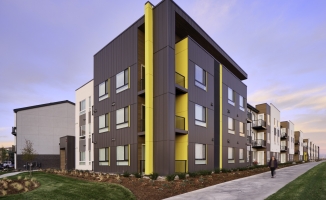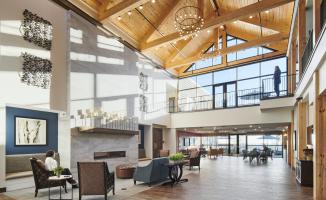Healthy Living Strategies
Healthy Living Strategies
Creating healthy living communities where residents thrive

The United States faces an escalating mental health crisis, one that not only profoundly affects individuals and families but also places an extraordinary financial burden on the nation.
According to the National Alliance on Mental Illness (NAMI), 1 in 5 U.S. adults and 17% of youth experience mental illness annually. Economic pressures compound these challenges: over the past decade, U.S. home values have more than doubled, growing by over 95%, while average hourly earnings increased by just 44%. Additionally, underbuilding has left the U.S. with a housing deficit of approximately 4 million homes. These disparities exacerbate financial stress, which is closely linked to mental health outcomes.
Beyond the human toll, the economic impact is staggering: the Centers for Disease Control and Prevention (CDC) estimates that untreated mental health conditions cost the U.S. economy $193 billion annually in lost productivity alone. When combined with rising healthcare costs and social service demands, an estimated $280 billion is spent annually on mental health services.
This crisis is multi-faceted, and as designers, it requires a rethinking of the spaces where people live, heal, and thrive. At Cuningham, we strive to create equitable living communities where residents thrive. Central to this mission is our Healthy Living design approach—a holistic understanding and prioritization of the mental and physical health of residents.
Encompassing resident wellbeing, work-life balance, mental health, and physical health, Cuningham’s Healthy Living approach empowers residents by offering personal control through things like flexible configurations and separate spaces tailored to specific tasks. We utilize the firm’s diverse perspectives to broadly consider programming, local economic opportunities for residents, and the ability to facilitate community togetherness.
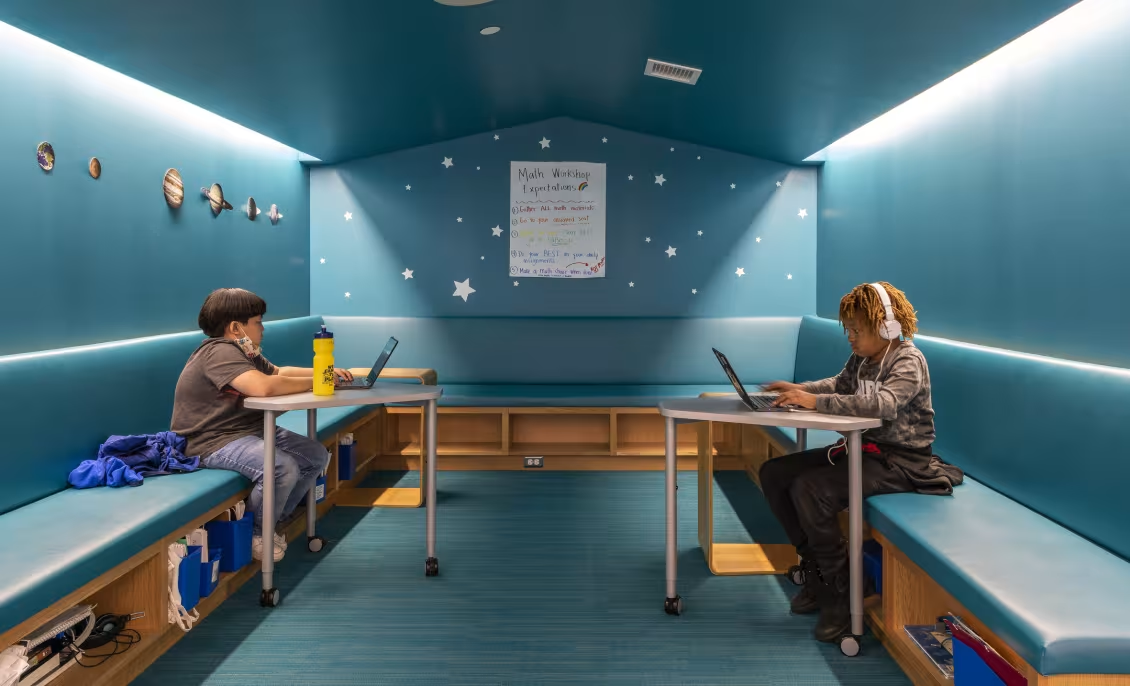
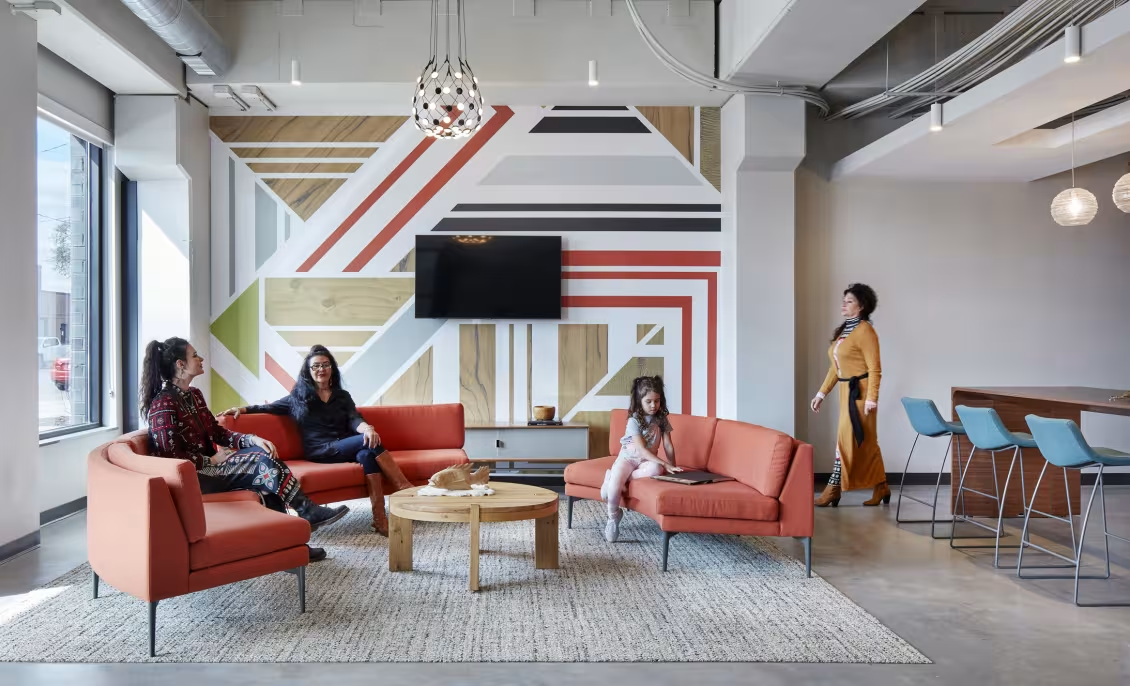

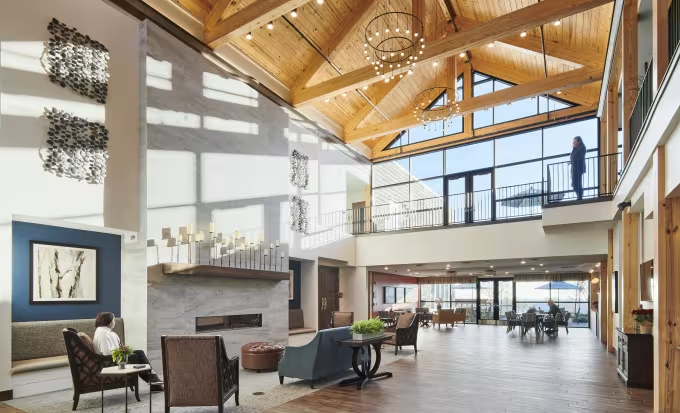
One of the leading tools designers have in creating Healthy Living environments is trauma-informed design. Cuningham uses the lens of trauma-informed design to reframe questions asked early in the design process, better understanding what makes stakeholders feel safer and more comfortable in the spaces we are designing together.
By triangulating Cuningham’s research around trauma informed design principles, we analyze and apply Healthy Living through six foundational concepts:
- Empowerment and Personal Control
- Safety, Privacy and Personal Space
- Sense of Community
- Beauty and Meaning
- Dignity and Self-Esteem
- Stress Management
Identifying specific design strategies within these six categories allows Cuningham to better work with clients and end-users to envision how their living environment can be designed to improve resident outcomes.


